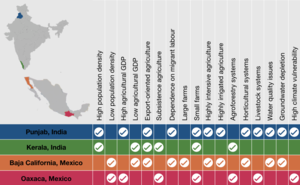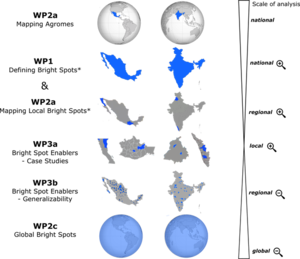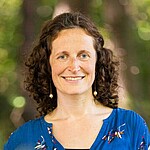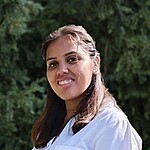See brightspotsproject.com for our project website! There you will find information on what the project is about and how to get involved. You can also follow us on Facebook (India, Mexico) and LinkedIn (India, Mexico).
About the project
Our current agricultural systems face key challenges:
- Producing enough healthy/nutritious food to feed everyone
- Improving the health and working conditions of people involved in our food systems (e.g. farmers, migrant workers)
- Reducing negative impacts on the environment
In order to address these challenges, we need to transform our agri-food systems to be more sustainable.
The good news is: Solutions already exist. There are many places that are already farming sustainably. We call these places “bright spots”.
The goal of this project is to identify and learn from these bright spots. Because our agricultural systems are quite complex with environmental, economic, and social interactions, this project uses qualitative (i.e. doing interviews, running focus groups with local people, etc.) and quantitative (i.e. making maps, doing statistics based on census data, etc.) methods. The innovative part about this project is that we will be working across many scales (i.e. local, regional, national, global).
This project will generate knowledge of existing best practices and help us understand how and why these “bright spots” emerged. We will then see if these lessons can be applied to other contexts and help guide the development of sustainable agricultural systems.
Case study regions
The project will focus on Mexico and India. We chose these countries because they are both:
- Dominated by agriculture
- Experiencing major transformations (e.g. widespread adoption of genetically engineered crops)
- Experiencing high tensions between environmental and socio-economic goals

Yet they are different:
- Mexico has a small agricultural sector with a low population density, and small farms are being replaced by large-scale, industrial agriculture
- India has a large agricultural sector with a high population density, and land holdings are getting smaller and smaller
Together these regions provide a wide range of agricultural contexts. Both promise to offer examples of existing solutions for sustainable agriculture that can be generalized.
More specifically, we will be working in 2 case study states in each country - this includes Kerala and Punjab in India and Oaxaca and Baja California in Mexico.
Project goals & structure
 To allow drawing larger conclusions about characteristics of existing bright spots, while also generating locally relevant actionable knowledge, the project will take place at multiple scales - from local, over regional and national to global.
To allow drawing larger conclusions about characteristics of existing bright spots, while also generating locally relevant actionable knowledge, the project will take place at multiple scales - from local, over regional and national to global.
This project is divided into 4 main steps:
- Identify, collaboratively with relevant groups of people, what it means to farm sustainably and define indicators for “bright spots” (Work Package 1).
- Based on the above, quantify those indicators and then map where the bright spots are in our regions (Work Package 2).
- Figure out why those bright spots exist through qualitative case studies (Work Package 3).
- Take the lessons learned and derive actionable insights, and allow transfer of knowledge to other contexts (Work Package 4).
Funded by









